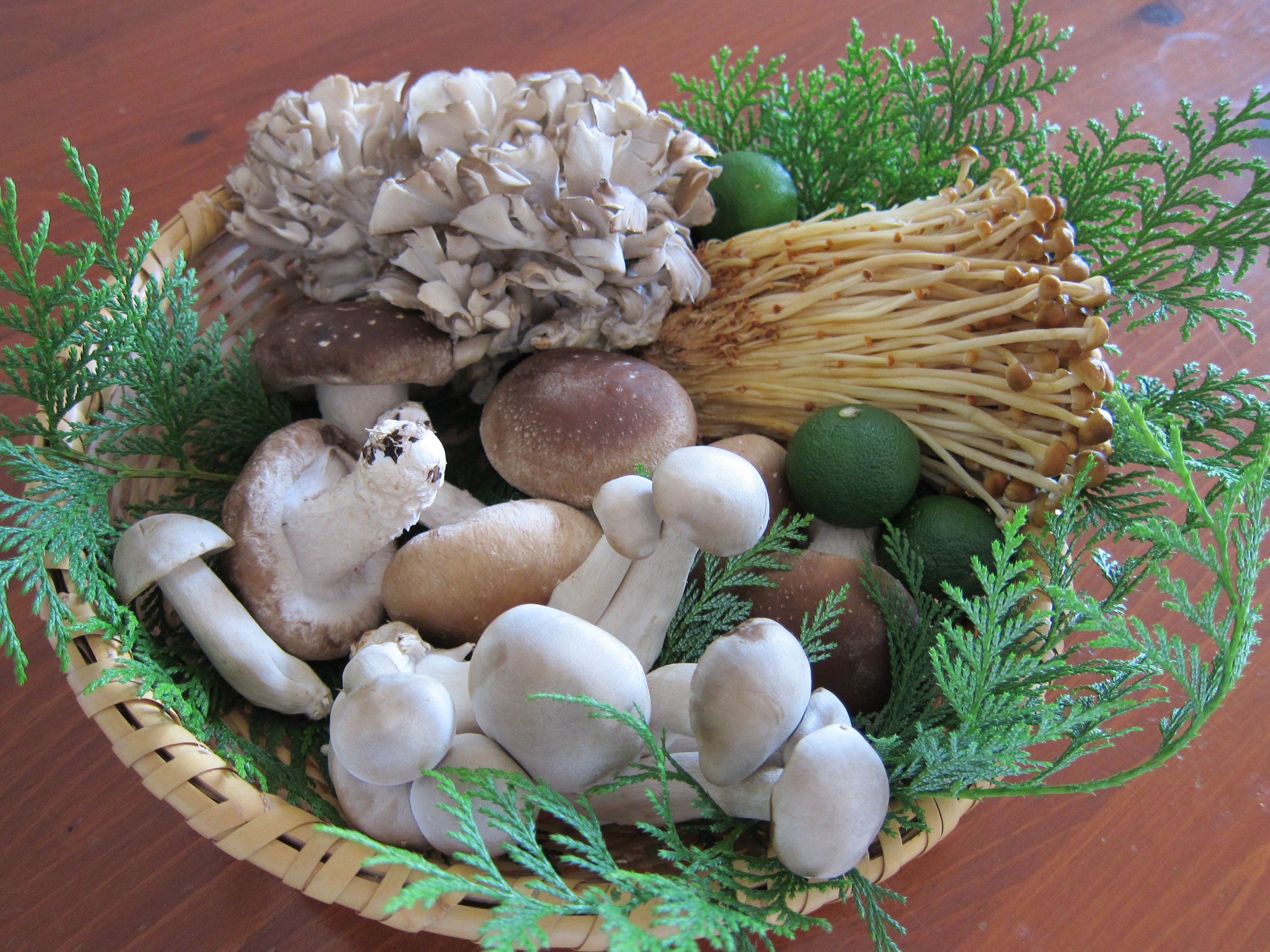Edible mushrooms are a feature of the fall season in temperate climates worldwide, and Japan is no exception. The humid climate lends itself to the growth of all kinds of fungi, so it's easy to assume that mushrooms (or kinoko in Japanese) of all kinds have been included in the daily meals of the Japanese people for a long time. Surprisingly though, this may not have been the case for the whole country.
The earliest prehistoric period of civilization in Japan is the Jomon period, which lasted from about 14000 BC to 300 BC. While it's possible that people foraged for mushrooms before and after this time, the only concrete evidence that mushrooms were consumed at all comes in the form of some mysterious clay objects. These objects, found only in archeological sites in the northernmost part of Honshu's Tohoku region and in the southern tip of Hokkaido, are amazingly accurate depictions of various types of mushrooms.
Made only during a period of about 500 years, from around 2000 BC to 1500 BC, there are several theories as to their use. But due to their realistic appearance, the most popular theory is that they were made as visual aids of mushroom varieties that were safe to eat — a guide for mushroom foragers, much like the photographic guides used today.



















With your current subscription plan you can comment on stories. However, before writing your first comment, please create a display name in the Profile section of your subscriber account page.